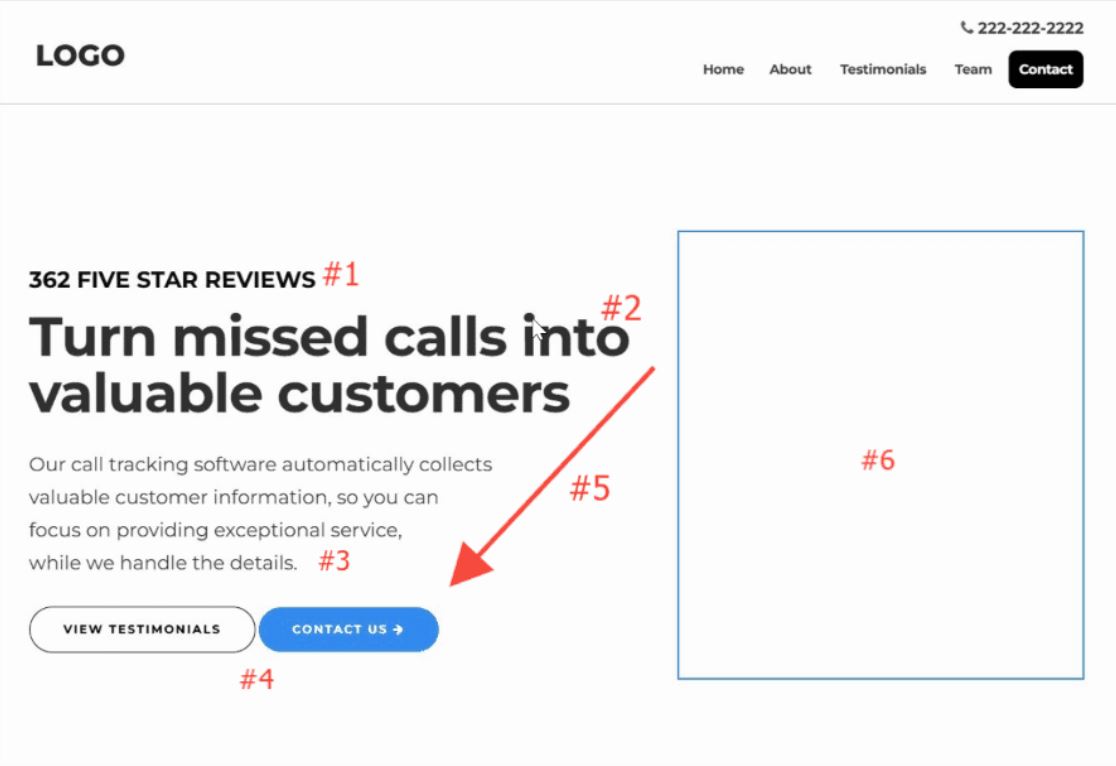Best Ecommerce Strategies for 2025
November 3, 2024

As ecommerce continues to evolve, adapting to new trends, technology, and consumer preferences is critical. This guide explores the most effective strategies for ecommerce businesses in 2025, offering insights on personalization, automation, sustainability, and more.
1. Personalization and Hyper-Targeted Marketing
In 2025, personalization will go beyond basic customer segmentation to include hyper-targeted experiences, leveraging AI to anticipate consumer needs.
- Dynamic Content: Use AI to deliver real-time content based on browsing behavior and past purchases.
- Advanced Customer Segmentation: Segment by location, past purchases, and engagement patterns to craft specific offers.
- Personalized Email Campaigns: Automate emails to be contextually relevant with dynamic content based on individual customer profiles.
Key Technologies
- AI and Machine Learning: To analyze behavioral data for precise personalization.
- Recommendation Engines: Suggest products based on preferences, past purchases, and real-time trends.
2. Enhanced Customer Experience
Providing an exceptional customer experience remains a top priority for 2025, as it directly impacts conversion rates and customer loyalty.
- Omnichannel Integration: Ensure seamless experiences across web, mobile, and in-store interactions.
- Augmented Reality (AR): Allow customers to “try before they buy” virtually, reducing return rates.
- Chatbots with Emotional AI: Upgrade chatbots to understand customer emotions and respond empathetically.
Best Practices
- Fast, Flexible Shipping: Offer multiple delivery options, including same-day and eco-friendly shipping.
- Transparent Return Policies: Clear, customer-friendly return policies can enhance trust and encourage conversions.
3. Sustainability and Social Responsibility
As consumers become increasingly eco-conscious, sustainable ecommerce practices are essential for building brand loyalty in 2025.
- Eco-Friendly Packaging: Use recyclable or biodegradable materials to reduce environmental impact.
- Carbon Offset Options: Offer customers the option to offset the carbon footprint of their purchases.
- Ethical Sourcing and Production: Transparently source products and ensure ethical labor practices.
4. Leveraging Social Commerce and Influencer Partnerships
Social commerce will dominate in 2025, blending shopping with social engagement for a seamless purchase journey.
- In-App Purchases: Enable direct purchases within social media platforms to reduce friction.
- Influencer Marketing: Collaborate with influencers whose values align with your brand to reach niche audiences.
- Livestream Shopping Events: Engage audiences with live product demos and Q&As.
Top Platforms
- Instagram and TikTok: Focus on visually-driven, interactive content for Gen Z and Millennial audiences.
- Facebook Shops: Ideal for targeting a broader demographic with diverse product categories.
5. Subscription-Based Models
Subscription services are increasingly popular for brands looking to build recurring revenue and customer loyalty.
- Personalized Subscription Boxes: Curate items based on customer preferences for a tailored experience.
- Freemium Model: Offer a basic subscription with optional premium upgrades to engage more users initially.
6. Leveraging Data and Analytics
Data-driven insights are invaluable for optimizing customer experiences and business operations in 2025.
- Predictive Analytics: Use data to forecast customer behavior and adjust marketing strategies.
- Inventory Management: Apply predictive analytics to manage stock efficiently, reducing both shortages and excess.
- Real-Time Customer Insights: Track customer interactions in real time to make immediate adjustments to marketing efforts.
7. Automation and AI in Operations
Automation helps ecommerce businesses operate efficiently, reducing human error and enhancing productivity.
- Automated Fulfillment Centers: Employ robotic systems for faster and more efficient order processing.
- AI-Driven Inventory Forecasting: Anticipate stock needs to prevent shortages or surpluses.
- Automated Customer Support: Use chatbots for basic inquiries and reserve human agents for complex issues.
8. Voice and Visual Search
As search technology advances, voice and visual search will provide new ways for consumers to discover products.
- Voice Search Optimization: Optimize content to rank for voice search queries and conversational phrases.
- Visual Search Tools: Allow customers to upload images and find similar items directly on your website.
9. Embracing Web3 and Blockchain for Transparency
Blockchain technology can add transparency and enhance customer trust, especially for luxury and ethically sourced products.
- Product Provenance: Use blockchain to provide verifiable proof of a product’s origin and authenticity.
- Smart Contracts for Secure Transactions: Ensure secure, automated transactions with smart contracts.
10. Mobile-First Experience
As mobile commerce dominates, ensuring a seamless, mobile-first design is essential for conversions.
- Responsive Design: Create a design that adapts beautifully to any screen size.
- One-Click Checkout: Simplify the purchasing process to reduce cart abandonment.
Conclusion
The ecommerce landscape in 2025 is shaped by a combination of technology, sustainability, and customer-centric experiences. By implementing these strategies, businesses can stay competitive and meet the evolving expectations of digital consumers.





